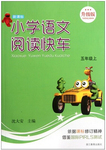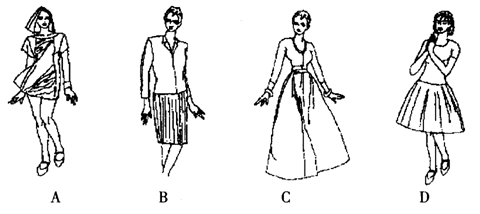题目内容
 New archaeological discovers suggest that trade between Europe and Asia along the Silk Road probably began in some form many centuries earlier than once thought. The findings, coupled with a widening range of scientific and historical research, could add a fascinating new page to the epic of the Silk Road.
New archaeological discovers suggest that trade between Europe and Asia along the Silk Road probably began in some form many centuries earlier than once thought. The findings, coupled with a widening range of scientific and historical research, could add a fascinating new page to the epic of the Silk Road.
The latest and most surprising discovery is pieces of silk found in the hair of an Egyptian mummy from about 1000 BC, long before regular traffic on the Silk Road and at least one thousand years before silk was previously thought to be used in Egypt. Other research may extend human activity along this route back even further, perhaps a million years to the migration of human ancestors into eastern Asia.
The official origin of East-West commerce along the road is usually placed in the late 2nd century BC when an agent of the Chinese Emperor Wu-di returned from a dangerous secret mission(使命) across the western desert into the remote high country of Central Asia. The agent, Zhang Qian, travelled as far as Afghanistan and brought back knowledge of even more distant lands such as Persia, Syria and a place known as Lijien, perhaps Rome. Historians have called this one of the most important journeys in ancient times. His journey opened the way for what have been thought to be the first indirect contacts between the ancient world’s two superpowers, China and Rome. Chinese silk, first traded to central Asian tribes for war horses and to the Parthians of old Persia in exchange for acrobats and ostrich eggs, was soon finding its way through a network of merchants to the luxury markets of Rome.
But the new discoveries show that Chinese silk was apparently present in the West long before the Han emperor started organized trade over the Silk Road. The research could change thinking about the early history of world trade and provide insights into the mystery of just how and when Europe and the Mediterranean lands first became aware of the glorious culture at the other end of Eurasia.
59. The word “coupled” in the first paragraph could best be replaced by_______ .
A. produced B. continued
C. doubled D. combined
60. The silk thread found in the hair of an Egyptian mummy suggests that_______.
A. Egyptians had probably travelled to China to buy silk
B. trade along the Silk Road began earlier than once thought
C. historical research often achieves fascinating results
D. new light can now be thrown on ancient trading practices
61.Historians have always considered Zhang Qian’s mission important because they believe_______.
A. he brought back knowledge of Rome to the emperor
B. he discovered the Silk Road
C. he helped establish East-West trade
D. he travelled as far as Afghanistan
62. When did the official origin of East-West commerce along the Silk Road get to Persia?
A. About 1000 BC.
B. In the late 2nd century BC.
C. A million years ago.
D. In the 2nd century.
59. 【解析】选D。词义猜测题。由第一段第二句的句意“这些发现,综合广泛的、科学的、历史的研究可以增添丝绸之路历史新纪元迷人的一页。”可以推知答案为D。
独具【方法技巧】英语阅读理解词义猜测题
1. 利用指代关系猜测代词词义:即找出人称代词、指示代词、关系代词或关系副词所指代的内容,一般来说代词的词义推测主要是要看前面句子所出现的名词及相当于名词的相关表达内容。
2. 利用定义或解释词义猜测词义;在许多情况下,作者估计到某个词一般读者不熟悉,则会在文章中给出该词的定义或解释。通过阅读定义和解释部分,读者便可理解该词的基本含义。
3. 利用定语或同位语来猜测词义:通常引出该词同位语的词语有or, that is, in other words等,还有同位语以括号或破折号的形式出现。
4. 利用文章中的举例来猜测词义:在阅读理解中读者可以根据文章所举的例子,猜出该生词的意思。
5. 利用对比或比较的词语来猜测词义:能体现对比关系的词汇很多,主要有but, yet, however, while, unlike, instead, on the other hand, on the contrary, in contrast with等。标点符号分号也可表示对比。
6. 利用构词法知识猜词义:了解构词法并记住一些派生词词缀,可以扩充词汇量,也可猜测生词词义。
60. 【解析】选B。推理判断题。由最后一段首句可以推断出汉武帝之前就有了东西方之间的丝绸贸易。故B项正确。A项不合常识和事实;C项句意本身无错误但太宽泛;D项这一事实可以阐明古代贸易实践,不合文意。
61.【解析】选C。推理判断题。由第三段His journey opened the way for what have been thought to be the first indirect contacts between the ancient world’s two superpowers, China and Rome. 可知答案为C。
62. 【解析】选B。细节理解题。由第三段The agent, Zhang Qian, travelled as far as Afghanistan and brought back knowledge of even more distant lands such as Persia. . . 可知答案为B。

 阅读快车系列答案
阅读快车系列答案